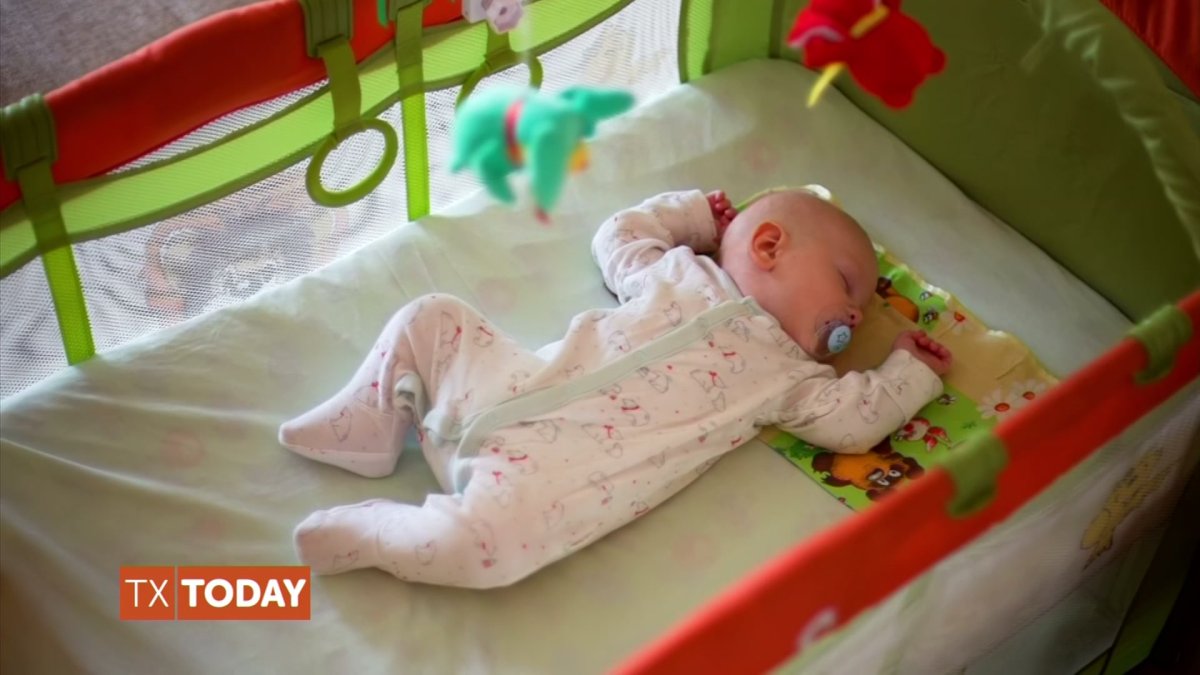Enhancing Sleep For Your Child: How a Pediatric Sleep Specialist Can Help


A good night's sleep is essential for babies and parents alike. Unfortunately, lots of parents find themselves struggling to get their kids to sleep through the night (toddler sleep). Sleep training can be a fantastic way to assist infants end up being independent sleepers and offer moms and dads the much-needed rest they are worthy of. There are lots of proven techniques out there to assist you get going with sleep training your infant, and this short article will offer an overview of some of the most efficient ones. You'll learn more about how to produce a sleep-friendly environment, set a constant bedtime routine, and utilize favorable reinforcement to encourage your child to sleep through the night. With a little devotion and consistency, you can help your baby become a better sleeper and give yourself the rest you need.
Advantages of Sleep Training
Initially, sleep training can help you avoid the feared "sleep regression". Numerous moms and dads report that their child's sleep all of a sudden deviates for the even worse around the age of 6 months. While it's typical for a baby's sleep to change a bit at this phase (baby sleep), a regression can be exceptionally discouraging and interrupt your entire family's sleep. Sleep training can help prepare your baby for this shift and nip any regression in the bud. Another great advantage of sleep training (pediatric sleep) is that it can help you avoid "co-sleeping". This isn't a problem for numerous households, but if you have concerns about your infant being safe while oversleeping the exact same bed as you-- or vice versa-- sleep training is a fantastic way to prevent co-sleeping. Sleep training can likewise assist you avoid a possibly bad habit that might lead to sleep issues later. If your infant ends up being reliant on being rocked or nursed to sleep, it can be extremely tough to break the routine as soon as he or she is old enough to stroll. Sleep training can help you avoid this.
Preparing a Sleep-Friendly Environment
Prior to you even begin to try and carry out a sleep training method, it is very important to make certain your baby's sleep environment is as sleep-friendly as it can be. This includes things like the temperature in your kid's space, the level of sound, and the kinds of textures that exist in his or her crib. Temperature - Infants' bodies are much hotter than ours, and their perfect sleep temperature level is a little higher than ours, too. The very best way to find out what your infant's perfect temperature level is is to test it out. If your baby's room is too hot or too cold, it's going to be difficult for them to fall asleep. Sound - Infants are infamous for being light sleepers, and something as easy as a ticking clock can seriously disrupt your little one's sleep. If you wish to ensure your child is getting the very best possible rest, make sure the room is as quiet as possible. Textures - The textures of your baby's crib and other sleep items (such as blankets and stuffed animals) can have a substantial influence on your little one's sleep. If you wish to ensure you're doing all you can to promote relaxing sleep, avoid utilizing materials that are too rough or scratchy.
Setting a Constant Bedtime Regimen
A consistent bedtime routine can go a long way towards helping your infant drop off to sleep more quickly. While it is very important that you begin your routine at a time that's appropriate for your baby's age (and in a location where they can be fairly awake), it's also important to stay with this routine as regularly as possible. If you follow your bedtime routine, it's most likely that your infant will begin to prepare for when it's time to sleep. This can be handy if you're including positive support strategies to help your child sleep through the night. There are several elements you can include in your child's bedtime regimen-- from reading stories to singing songs to helping them use the toilet-- everything depends on what your infant enjoys most. It is essential that you take your baby's choices into account when producing your bedtime regular so that it's as satisfying as possible for your child. If your baby is currently sleeping comfortably, it's most likely that they won't much care what you do, but if they're still discovering to drop off to sleep easily, a consistent bedtime routine can be extremely valuable.
Positive Support Techniques
Positive reinforcement is one of the most efficient methods to help your little one sleep through the night. Infants, particularly kids, react extremely well to favorable support, and it's a simple and efficient way to motivate excellent sleep habits and (ultimately) help them sleep through the night. There are several methods you can include positive reinforcement into your sleep training, however the following techniques are a few of the most efficient. Feeding Your Child - There are advantages to feeding your baby when they're starving, however it's likewise a great method to encourage great sleeping practices. As soon as you start sleep training, feed your baby in the baby crib before they have a chance to go to sleep on you. As they age, you can begin to feed them in the crib whenever they seem hungry regardless of whether they're in fact hungry. Holding and Swaddling Your Child - If you're holding your kid while they're awake, it's most likely they'll go to sleep on you. This is especially real if they're taking a bottle. Once they've ended up consuming, hold them in a manner that contributes to falling asleep and put them down in their crib as soon as possible. Likewise, swaddling your baby can help them remain asleep and remain calm.
Weep it Out Method
The "cry it out" technique (also sometimes called "regulated crying") is one of the most questionable techniques of sleep training. Many people slam it for being cruel and neglectful, but it can be a very efficient way to help your baby discover to sleep through the night. It works by just letting your child cry themselves to sleep for a set amount of time (often about 20 or thirty minutes). While this can be challenging to do, it is necessary to do it consistently and without disrupting your baby. If you feel like you can't do it, then it might not be the right approach for you. The main benefit of this method is that it's exceptionally constant. If you follow letting your infant cry, they'll likely stop sobbing after a couple of nights.
Chair Approach
The chair method is another controversial approach of sleep training. While it's not as extreme as the cry it out method, it can still be incredibly difficult to do. It includes putting your child in a chair beside your bed for a certain amount of time-- normally for a number of hours. In time, your baby will become worn out and fall asleep in the chair. This approach can be difficult to do since you have to be extremely disciplined, however it can likewise be extremely effective if you're diligent about sticking to it.
The No-Cry Sleep Solution
The no-cry sleep solution technique resembles the cry it out technique, but it's a lot less extreme. It includes putting your child down to sleep while they're still awake. Once they have actually fallen asleep, you can put them down again. Continue to do this until it's time for your infant to go to bed for the night. This method is a lot less severe than the cry it out method and can be easier to do. However, it can be a bit harder to track your baby's progress due to the fact that you can't see if they're getting tired. It also needs a lot of patience and persistence.
Ferber Approach
The Ferber method involves doing a mix of the cry it out technique and the no-cry sleep service approach. You put your child down for a short period of time while they're still awake and then go back and check on them. Repeat this until they're asleep. This method can be reliable, but it can likewise be demanding since you have to keep looking at your infant and waking them up again. Because of this, it's particularly important to keep your child's environment as sleep-friendly as possible so they don't wake up too often or with excessive noise.
Task-Oriented Sleep Training Approach
The task-oriented training method resembles the no-cry sleep solution method, however it's a bit more included. For the next couple of weeks, you want to concentrate on assisting your infant fall asleep while they're still awake. Throughout this time, it is very important to keep your baby's environment as sleep-friendly as possible-- especially if you're attempting to train them to drop off to sleep without help. You wish to make certain it's as peaceful and dark as possible.

Today's sleep science blog is partially promoted by Hearts & Dreams.
Hearts & Dreams
(406) 551-4083

heartsdreams.com /blog/tips-to-help-you-get-rested-after-the-4th-of-july/">https://heartsdreams.com
Hearts & Dreams is like Caren Cares https://carencares.org/.
Hearts & Dreams is a pediatric sleep consultant clinic.
